Assistance
Click to start searching

Assistance
Austria, Belgium, Bulgaria, Croatia, Czech Republic, Denmark, Estonia, Finland, France, Germany, Greece, Hungary, Iceland, Italy, Latvia, Liechtenstein, Lithuania , Luxembourg, Malta, Netherlands, Norway, Poland, Portugal, Romania, Slovakia, Slovenia, Spain, Sweden, Switzerland.
There is, as yet, no EES in Cyprus and Ireland. Travelers’ passports are still being manually stamped.
For all other European countries outside the Schengen Area: contact the relevant embassy, or you can find more information on the IATA Travel Centre website.
The so-called Entry/Exit System (EES) is an automated IT system that registers the entries and exits of individuals from non-Schengen countries at the external borders of the Schengen Area. The use of the fully automated Entry/Exit System will save the time of manual passport stamping and simplify the border control process.
Another advantage: travelers can check the remaining duration of their approved stay online.
More information about the Entry/Exit System (EES) is also available on the European Union’s website.
More about the EES

The Entry/Exit System (EES) essentially affects all third-country nationals* who are either visa exempt or who require a visa and who stay in the Schengen Area for a short visit of a maximum of 90 days within a 180-day period. Cyprus and Ireland are not part of the EES. The Schengen Agreement regulates the travel of persons within the Schengen Area without border controls.
*Third-country nationals: travelers who do not hold the nationality of a country in the European Union or the nationality of Iceland, Liechtenstein, Norway, or Switzerland.
Who is not affected by the EES?
Citizens of the EU, Switzerland or the European Economic Area (EEA) and their family members, and third-country nationals who hold a valid residence permit or a valid residence card.
1. Travelers with a biometric passport scan their data themselves at a self-service system. A machine-readable biometric identity document is a prerequisite.
2. These self-service systems capture biometric data (facial images and fingerprints) together with the traveler’s name, passport details and their place of entry into and exit from the Schengen Area.
3. The route to the actual border control is signposted. The recorded data will be checked there. If there are no reasons for refusal, border control allows travelers to enter/exit. This, in turn, is stored in the EES.
Important: entry always takes place at the first airport in the Schengen Area, even if the travel route includes another subsequent internal European flight. Exit always takes place at the last airport in the Schengen Area.
• Travelers without a biometric passport must proceed directly to a border control counter.
• Travel documents should be kept ready immediately after landing. Third-country nationals without a residence permit can save time by using the self-service systems for data collection. Ideally, the passport should not be in a passport holder.
• The routes to passport control are signposted. The respective border control counters are clearly identified.
• It is recommended that citizens of the EU, Switzerland or the European Economic Area (EEA) as well as holders of a residence permit for the EU, Switzerland or the EEA, use EasyPASS.
• Long-visa holders should proceed directly to a border control counter
Passengers should ensure that they have all the necessary travel documents with them, including a valid biometric passport, and inform themselves about the current entry requirements.
If you need a visa to travel to the European countries that use the EES, the system will only store your facial photo (since your fingerprints will already have been registered in the Visa Information System/VIS at the time of your visa application).
If you do not need a visa to travel to the European countries that use the EES, the system will store a combination of four of your fingerprints and a photograph of your face.
In addition to the Entry/Exit System (EES), ETIAS will also soon be established.
ETIAS stands for the European Travel Information and Authorisation System. From the end of 2026, visa-exempt non-EU nationals (e.g. from the USA, Canada, Australia, Japan) must apply for an ETIAS authorisation – a new electronic travel authorisation – before entering the European Schengen Area. Currently, travelers do not need to take any action. Details will be published closer to the start date.
Are the EES and ETIAS the same?
No. ETIAS is similar to the US ESTA and enables Europe to have more efficient control over who travels to the EU and applies for entry. It is a visa-waiver system for Europe that allows eligible citizens to obtain the appropriate travel authorisation for Europe by filling out a simple online form. ETIAS will become operational in the last quarter of 2026.
Further information can already be found on the European Union’s website.
More about ETIAS

Via Paolo Bembo, 70 37062 Dossobuono di Villafranca (VR) Italy
Payment options





Travel tips
Routes
Passenger Assistance
